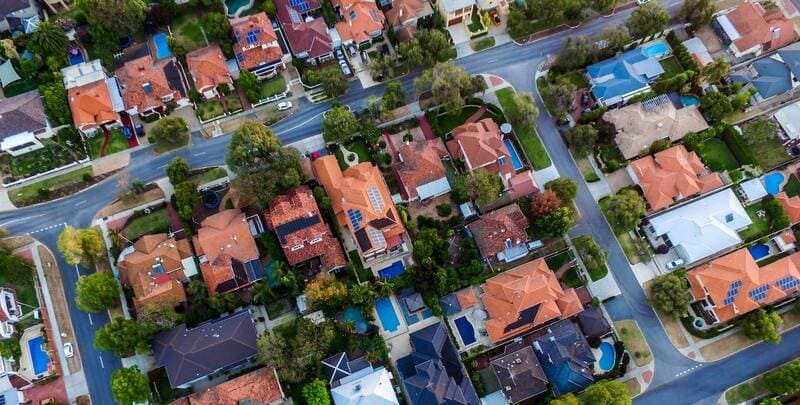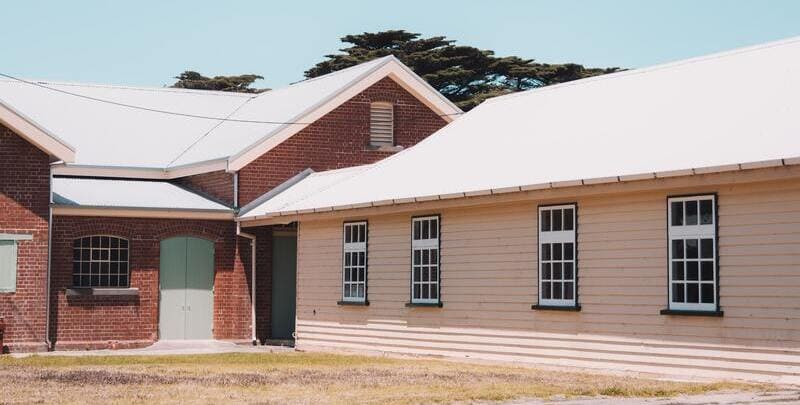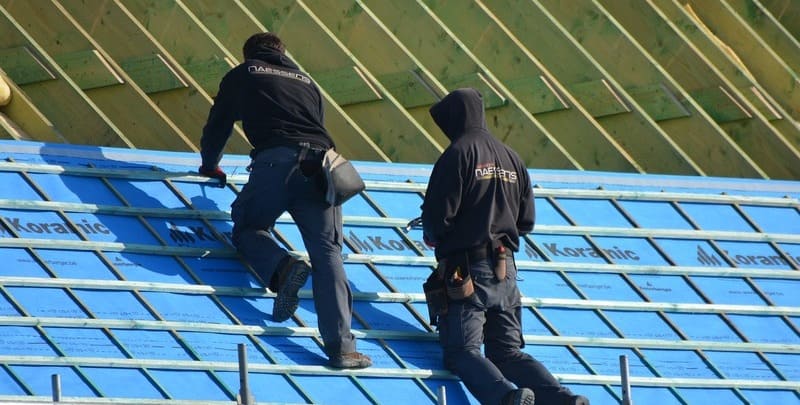5 Points to Consider When Reroofing Your Home

Looking at reroofing your home? Your roof serves many purposes and functions in a variety of ways. Not only does it provide much needed protection from the elements, it also enhances the visual appeal of your home.
Therefore, you want to be sure it is in as good a condition as possible. Older homes, or those that have suffered some wear and tear due to heavy rain or storm activity, may find their roof in poor condition and needing it to be replaced. If you’re in this position, here are five points to consider when reroofing your home.
What Type of Roof Do I Want?
Roofs for homes come in a variety of types, so when it comes to deciding the best type of roof for your property, knowing your options is certainly an important part of the reroofing process.
Typically, the main types of roofs that are best suited to Australian homes and climates are:
- Terracotta and concrete
- Steel
- Zinc and copper cladding, and
- Bluestone and synthetic slate
Each boasts a variety of features and benefits, so it’s best to choose the option that suits your needs the most.

- Terracotta tiles can last up to 50 years and offer excellent insulation properties. They also will not corrode, even in areas with higher salt content (such as coastal regions), and allow you to simply replace individual tiles if they crack or break.
- Steel roofs are highly regarded for their low maintenance and durability, and for the fact that they can be painted any colour to suit the home. A steel roof will hold up for a good 30 to 40 years, while the paint job will see you through for about 20 years before it needs a fresh coat.
- For optimal durability and robustness, zinc and copper cladding roofing is a highly-revered choice. It can take up to three or four times longer to install than a conventional steel roof, but the finished product typically delivers the highest standard in craftsmanship. You finish with a roof that is as aesthetically pleasing as it is fully functional.
- Finally, Bluestone slate roofing is very highly favoured in the architectural space. Roofing professionals regard it highly for its slight textural differences as a result of its formation within the landscape. It must be said, however, that natural slate can be costly, quite heavy, and difficult to install. It’s why many roofers look to synthetic slate, which offers the same natural-looking appearance without the weightiness and additional cost.
If you’re unsure as to which roofing option best suits your needs, a licensed contractor experienced in reroofing will be able to help you make the right choice for your home.
What Are the Signs of a Reroofing Job Gone Bad?
Naturally, you want the roof of your home to offer protection and shelter for the 20 to 50 years it should last, depending on the type of roof you choose. You want to be reassured, therefore, that your reroofing professional does the job right and to the highest of standards.
To avoid substandard reroofing work, you should always look for a licensed and reputable roofing contractor. There are some obvious, telltale signs that the work done to your roof is … well … less than stellar. They include:
- Shingles are mismatched, missing or damaged
- Rooflines are sagging
- Appearance of roof is lacking in uniformity
- Drip edge and/or underlayment is missing
- Old flashing has been reused, rather than all new materials
- Water is leaking
- Incorrect nailing technique used on the roof
A poorly constructed roof can lead to further problems. Therefore, it’s best to avoid these potential hassles by finding the right person for the job in the first place.
How Do I Find a Reputable Reroofing Professional?
To minimise the risk of shoddy workmanship on your home, you want to acquire the services of a reputable professional with proven reroofing experience. Some of the most effective ways to secure the right person for the job are to:
- Ensure they hold the relevant licensing and insurance
- Enquire about references
- Look up their previous works online
- Consider their level of experience
- Read reviews
If you know of any family or friends who have recently had their roof replaced, speak to them. Positive word of mouth just might bring you the perfect person for the job.

How Much Does Reroofing Cost?
There is no standard, one-size-fits-all price when it comes to reroofing, simply because of the many variables that can come into play. The price of roof installation can depend on a number of factors, including the size of the roof, the type and style you want, and the type of roof that the installer needs to remove first.
As most roof replacement service providers charge by the square metre, larger homes will cost more to reroof. Certain roofing materials such as slate and terracotta, tend to cost more than others, like steel. For an accurate indication of the cost of reroofing, you’re best getting a quote from a licensed professional.
Can I Stay Home While My Roof is Being Replaced?
It might not be the first question that comes to mind while you’re getting your roof replaced, but it’s certainly one worth considering. Essentially, there is no real need to stay out of the house while you have the roofers in.
They will use heavy duty tarps and other devices to protect the interior of your home and, depending on the specifics of the job, it should only take one or two days to complete. Should you choose to stay at home, be mindful of which areas to steer clear of that might pose a risk while the roofing contractors complete the work.
All in All …
Reroofing your home not only enhances protection and improves the aesthetics of your property as a whole, but it can also increase its resale value as well. There are numerous factors to consider though; before, during and after the process is complete. You’ll need to take into account certain points such as:
- Finding a reputable roofing professional
- The type of roof you want
- Where you plan to stay while the process is under way
- The factors that make up the overall cost, and
- Any potential red flags that indicate poor workmanship
They will help ensure you get the best person to do the best possible job for your roof and your home.
Please note: This information is provided for advice purposes only. Regulations differ from state to state, so please consult your local authorities or an industry professional before proceeding with any work. See our Terms & Conditions here.